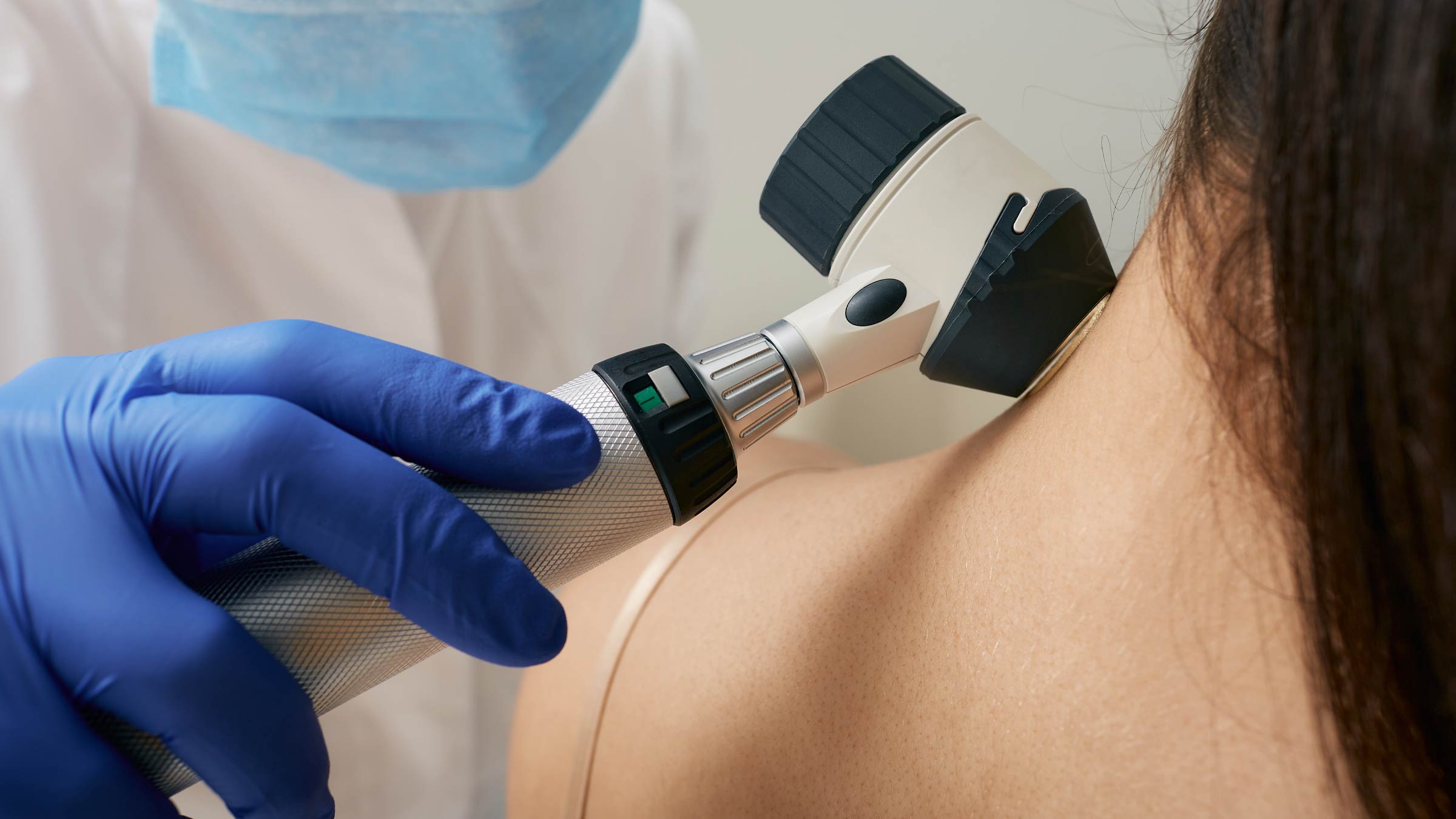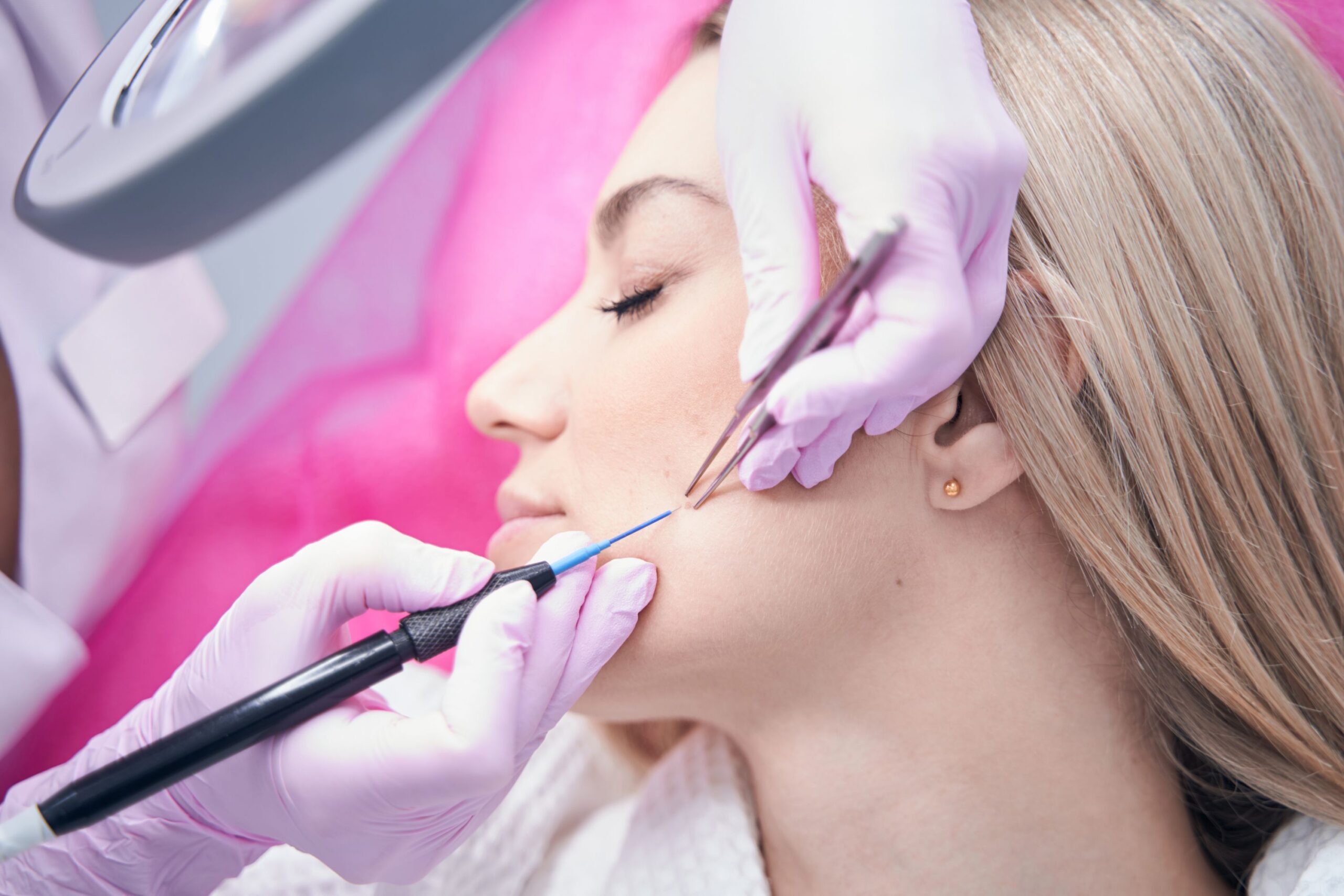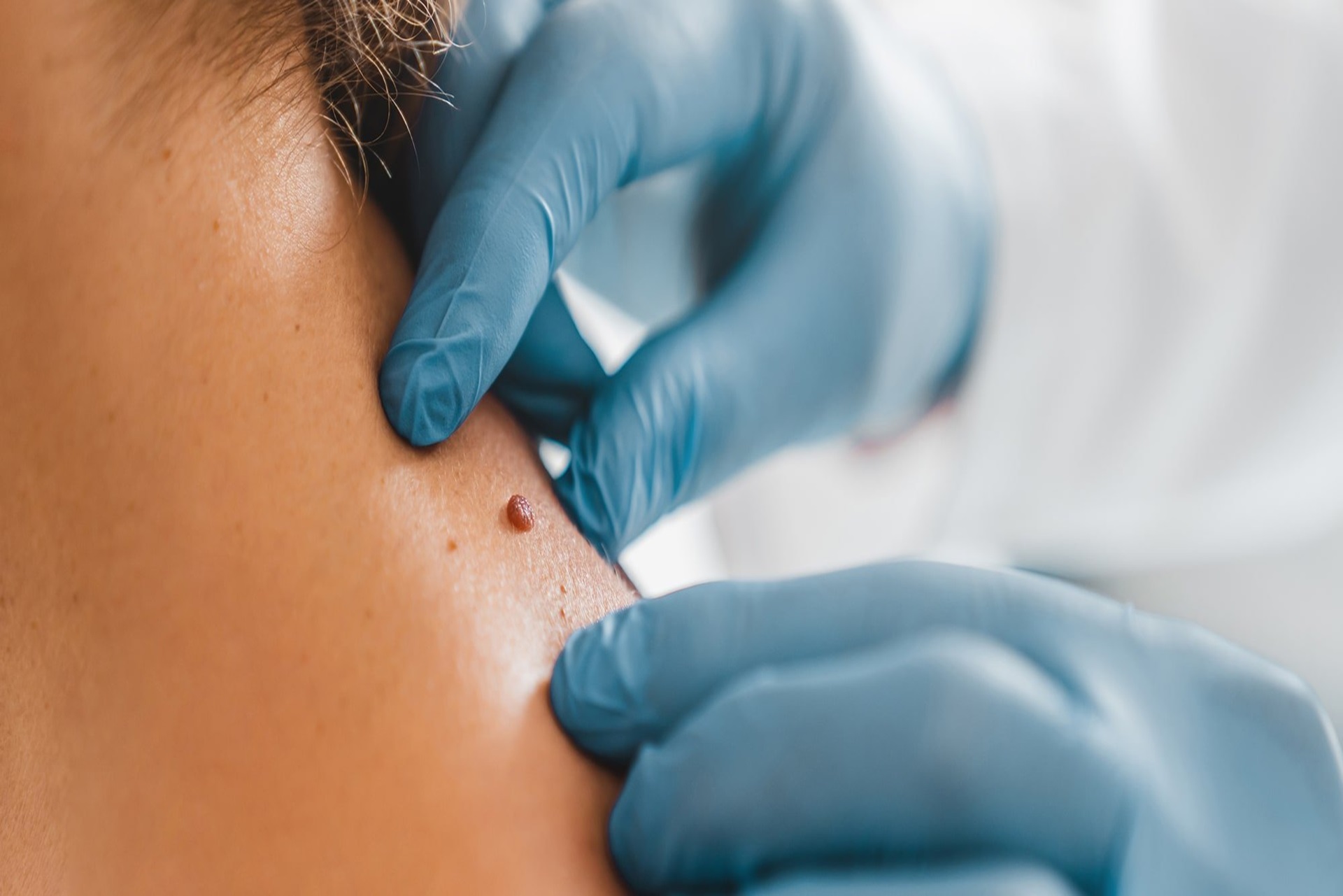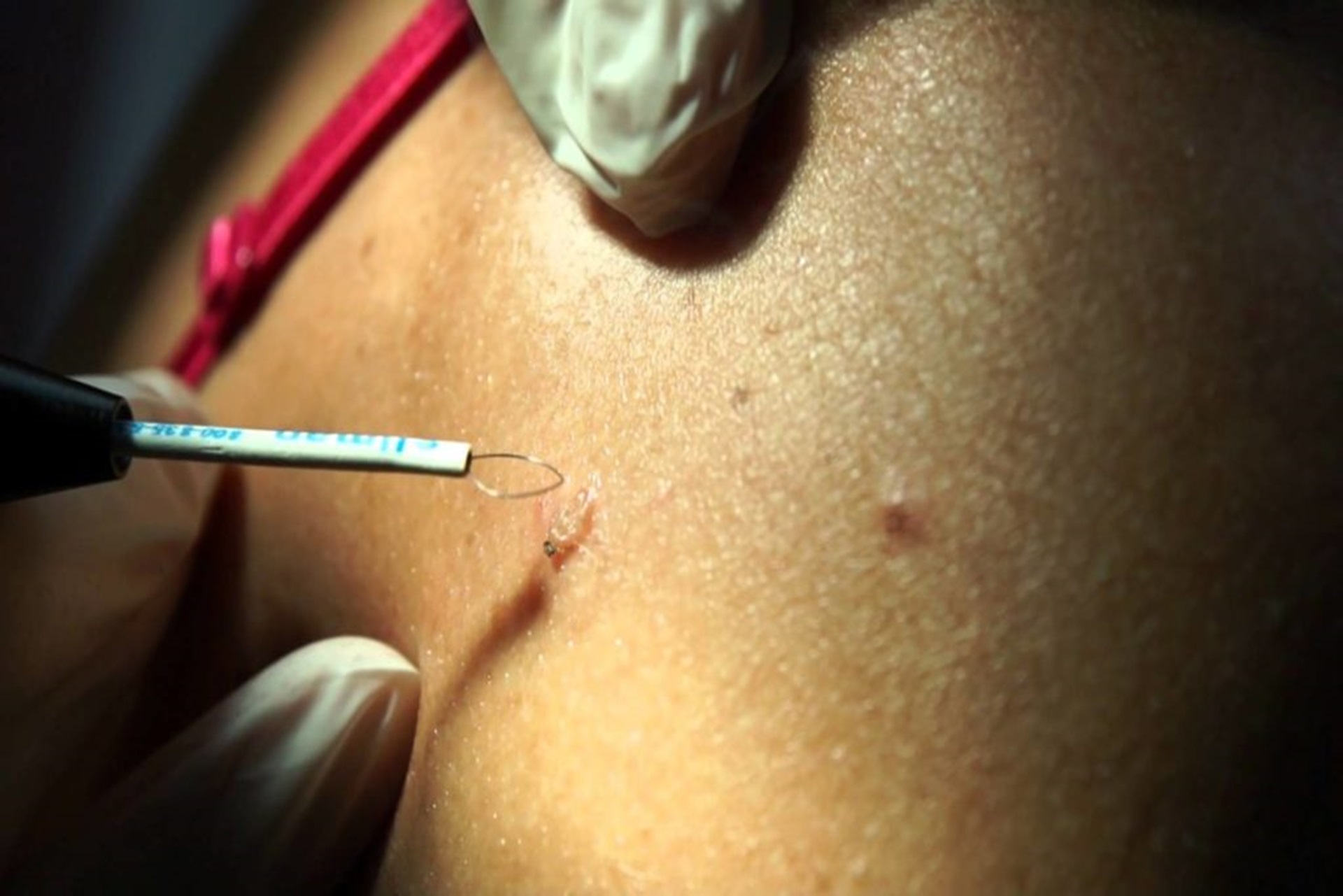Tag excision refers to the removal of skin tags, which are small, benign growths that commonly appear on the skin. These growths are typically flesh-colored and often occur in areas where the skin folds or creases, such as the neck, armpits, groin, and under the breasts. Tag excision is a minor surgical procedure performed by a doctor.
Tag excision is a straightforward procedure that involves the removal of skin tags using various methods, such as cutting, freezing (cryotherapy), or cauterization. The chosen method may depend on the size and location of the skin tag. Typically, local anesthesia is used to numb the area before the procedure to minimize discomfort.

Risk
Some bleeding may occur during or after the procedure, especially if the skin tag is larger or if there are underlying blood vessels in the area. While minor bleeding is common, excessive or prolonged bleeding may require medical attention.
There is a risk of infection at the site of the excision, especially if proper wound care is not followed. Signs of infection may include increased redness, swelling, warmth, and discharge. It's essential to keep the area clean and follow the post-operative care instructions provided by your healthcare provider to minimize the risk of infection.
Complications
Depending on the size and location of the skin tag and the method of excision used, there may be a risk of scarring. Proper wound care and following any post-operative instructions provided by doctor can help minimize the risk of noticeable scarring.
Some patients may experience mild to moderate pain or discomfort during or after the procedure. Your healthcare provider may recommend pain management strategies or over-the-counter pain relievers to alleviate any discomfort .
Recovery is a process. It takes time, patience and obviously rest.




